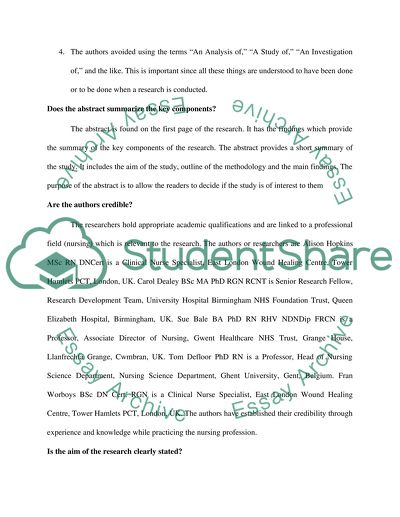Cite this document
(Quality of Life Issues in a Group of Older People with Pressure Ulcers Research Paper - 2, n.d.)
Quality of Life Issues in a Group of Older People with Pressure Ulcers Research Paper - 2. Retrieved from https://studentshare.org/nursing/1544226-research-critique
Quality of Life Issues in a Group of Older People with Pressure Ulcers Research Paper - 2. Retrieved from https://studentshare.org/nursing/1544226-research-critique
(Quality of Life Issues in a Group of Older People With Pressure Ulcers Research Paper - 2)
Quality of Life Issues in a Group of Older People With Pressure Ulcers Research Paper - 2. https://studentshare.org/nursing/1544226-research-critique.
Quality of Life Issues in a Group of Older People With Pressure Ulcers Research Paper - 2. https://studentshare.org/nursing/1544226-research-critique.
“Quality of Life Issues in a Group of Older People With Pressure Ulcers Research Paper - 2”. https://studentshare.org/nursing/1544226-research-critique.


